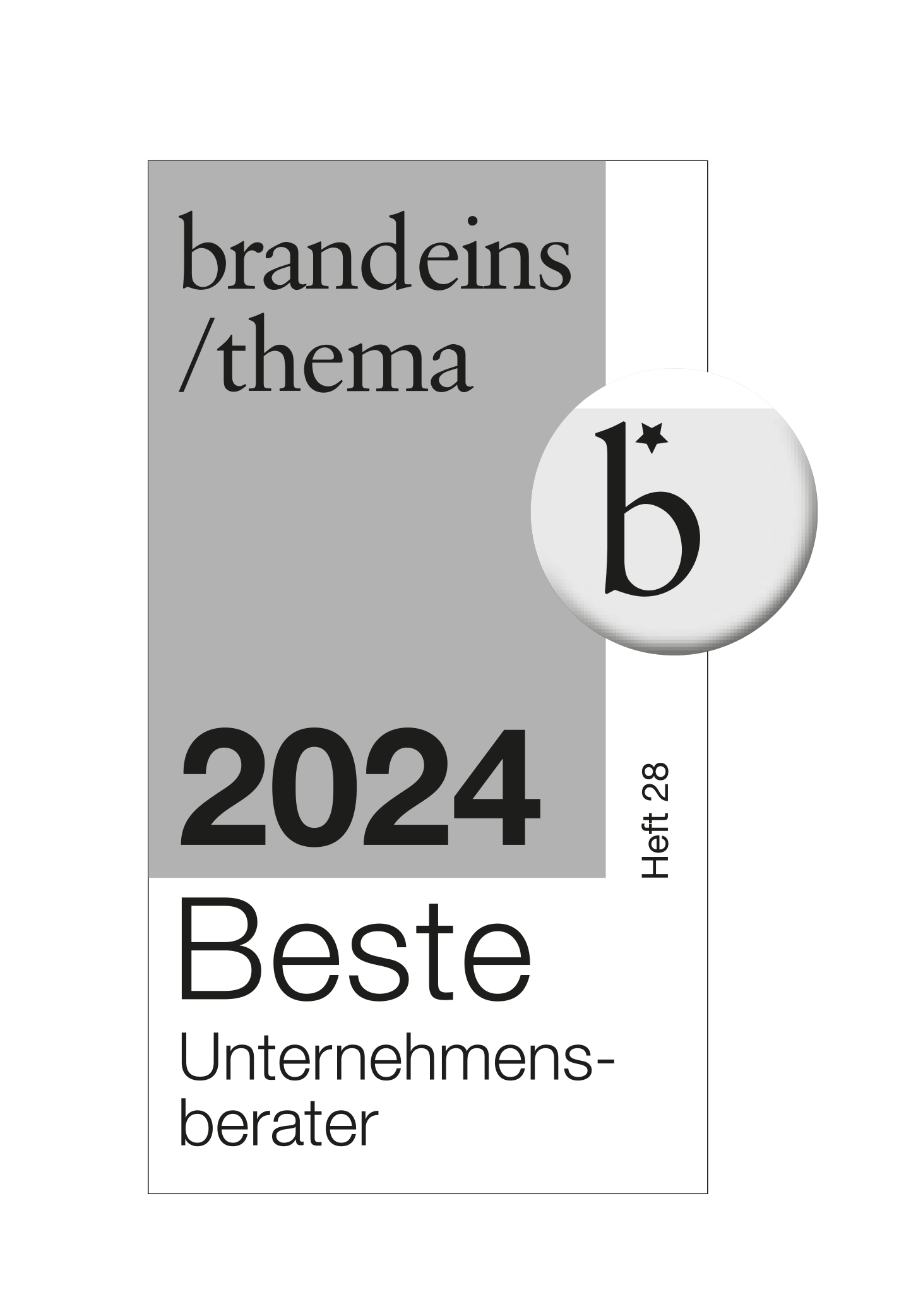Monday, 07 November 2022
For modern IT applications, there is currently no way around the cloud. In order to be able to make consistent use of the benefits, more and more companies are turning to cloud-native architecture (CNA). Together, msg and Technische Universität München (Technical University Munich (TUM)) have jointly published a white paper on the use of cloud-native. In this viewpoint interview, Michael Schäfer from msg and Maximilian Schreieck from the University of Innsbruck (previously worked at the TUM) discuss this IT architecture and explain why the use of cloud-native is not an either-or decision.
Cloud-native architecture is currently regarded as the preferred form of IT architecture in many companies. What are the reasons for this?
Michael Schäfer: For a long time the discussion was: Are all companies even going to the cloud? I think that this is no longer a matter for discussion today. All companies are taking this step. Firstly, for cost reasons. In addition, innovative capacity also plays a role. And flexibility and speed: It takes too long for companies to provide the infrastructure for new, technological trends. This happens very quickly in the public clouds of the large hyperscalers. So if everyone is moving into the cloud, the pressure is on to produce an appropriate architecture offering. And this is precisely the cloud-native architecture – because it addresses the benefits of the cloud.
Maximilian Schreieck: Companies see how challenging it is to provide the IT infrastructure themselves. Over the past years, this has become increasingly extensive and complex. If they choose a CN approach instead, a lot is done for them and they can focus on using their resources efficiently. More and more companies are currently understanding this – also because the technological development of cloud providers is progressing so quickly.
Are there any downsides to cloud-native?
Michael Schäfer: One issue is the increased complexity. We used to create monolithic applications that ran on one server. With CNA, we cut these monoliths into many parts and distribute them. This segmentation has its reasons because the benefits of the cloud could not be optimally exploited otherwise. At the same time, however, this segmentation creates a complexity, which entails new risks and high costs for implementation.
What challenges do companies face when implementing cloud-native?
Maximilian Schreieck: We are currently experiencing a paradigm shift due to cloud transformation. And paradigm shifts are never frictionless. I can give three examples here: First, cloud-native architecture must be accompanied by a culture change. As a rule, companies train their workforce for this purpose. This process takes time and should not be rushed. Often, this is often exactly what happens because companies want to take advantage of the aforementioned benefits “speed” and “innovation” as quickly as possible. In the medium-term, you will lose relevance in the market if you don’t take the necessary time.
Another issue is legacy. Unless you're a greenfield startup, there's always some kind of legacy that continues to be on-premise. One finding of our white paper is that there may well be cases in which cloud-native architecture is not immediately beneficial. This leads to integration problems between legacy, which is still on-premise and new use cases, which are implemented with a cloud-native architecture.
A final example: Companies, which sell software themselves and which switch their original license-based on-premise products to the cloud-native architecture, also need to drastically change their sales. The classic sales model, in which employees generate commissions from license sales, no longer works. Companies need to consider this at an early stage.
What should companies that want to go cloud-native look for?
Michael Schäfer: Cloud-native is not only a binary thing. There is room for maneuver in choosing CNA. You can offer certain properties such as elasticity with a high level of quality or with a low level. It always depends on the individual use case. Do I have to offer particularly high quality here or is less also sufficient?
Maximilian Schreieck: One keyword is prioritization. Here, our FAMM model comes into play. It creates a method to prioritize use cases.
What's behind the FAMM method?
Michael Schäfer: The aim of the method is to find the optimum for the quality of a CNA for a specific use case. What do I really need to end up with the least possible risk and the lowest possible cost, but still fulfill the purpose?
Maximilian Schreieck: The beauty of the method is that it really breaks this down to individual use cases and moves away from a dogmatic approach of "everything has to be cloud-native." That makes it very concrete.
Last but not least: is cloud-native a short-lived trend or the future that companies should definitely bet on?
Michael Schäfer: Cloud is definitely a mega trend. And as long as this remains, the topic of cloud-native will also accompany us. After all, paradigm shifts don't happen every two years. But: As the world becomes more and more innovative and faster, the use cases will need CN to its full extent in the long-term. That's why the half-method we have developed has a life. For the transition phase, however, it offers very good guidance to accompany companies in their cloud transformation.



